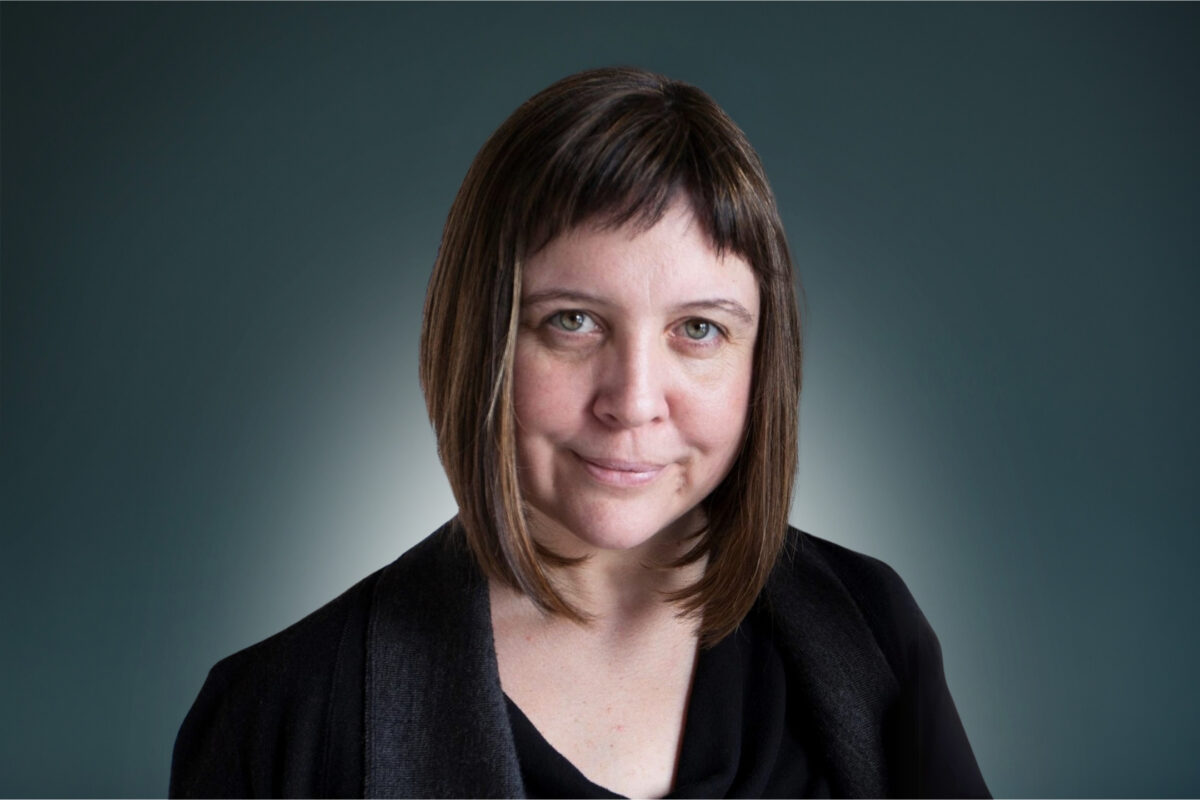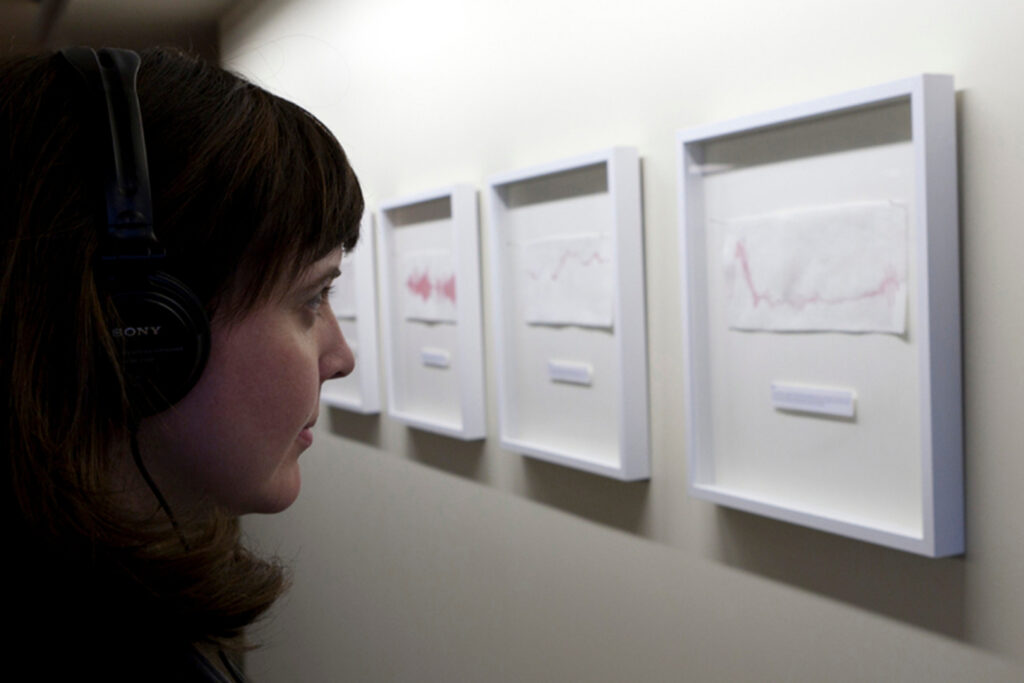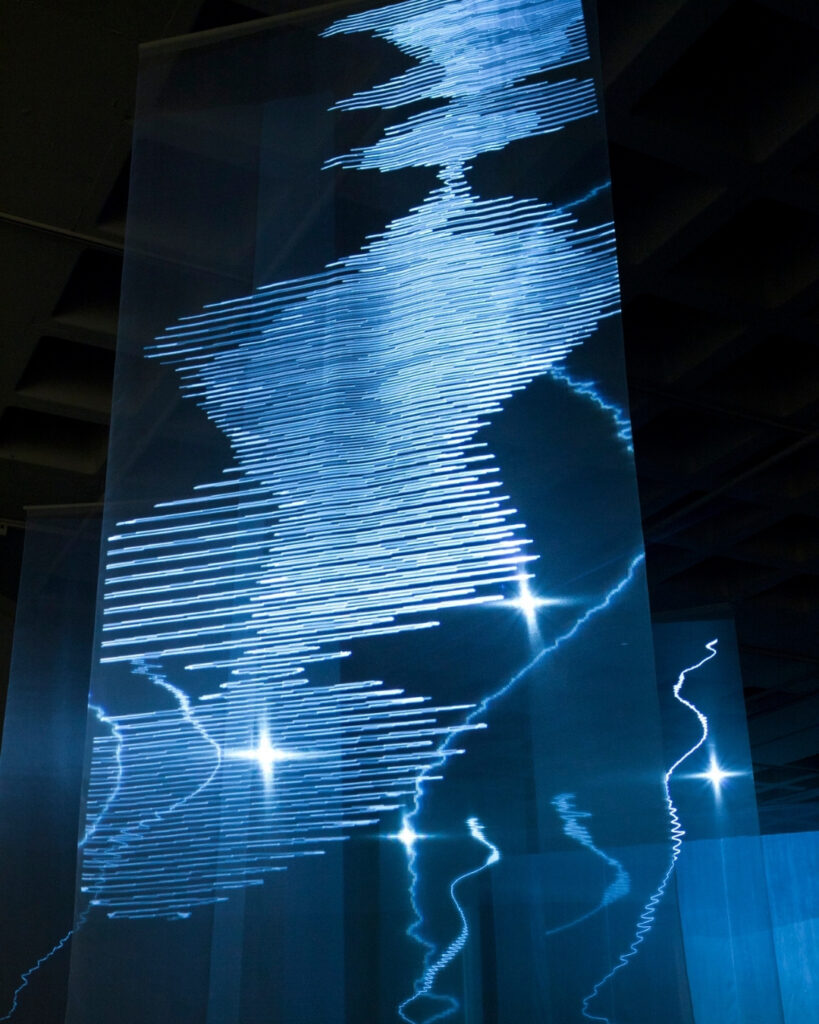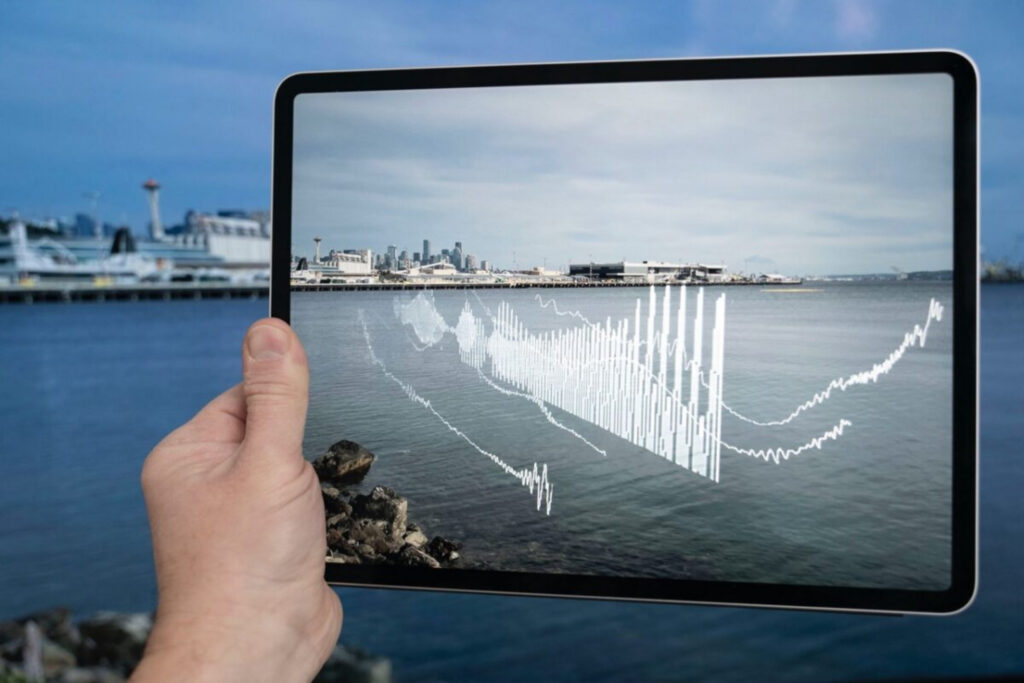Carrie Bodle: Bridging Art, Science & Sound in Interdisciplinary Learning at UW Bothell

“Carrie empowers students to take ownership of their ideas … she creates a space where experimentation is encouraged, and where students feel supported as artists, researchers, and thinkers.”
Expanding the Soundscape of Learning
Carrie Bodle, Teaching Professor in the School of Interdisciplinary Arts & Sciences (IAS) at the University of Washington Bothell, is transforming the educational experience through a unique synthesis of science and the arts through sound and video installations. Her teaching practice invites students into immersive, cross-disciplinary explorations that challenge conventional boundaries between STEM and the humanities.

Through courses in Video Installation and Time-based Media Arts Sound, Bodle encourages students to use sound and visual work not only as an artistic medium but also as a method for multi-modal representation. “Whether they come from biology, engineering, or the humanities,” Bodle says, “students can find their voice—literally and creatively—through sound-based and visual arts practices.” You can view more of Carrie’s work on her website here.
Sound & Video as Inquiry & Expression
At the core of Bodle’s pedagogy is a commitment to hands-on, experiential learning. Her students engage with real-world materials and digital tools—from field recording equipment, digital video and editing to coding languages and audio software—to build art installations and interpret environmental and scientific data through sonic and visual formats.

One of Bodle’s notable projects, Wavelines, explores tidal patterns in the Puget Sound by translating the data into video layers and soundscapes. “It’s not just about making something that looks and sounds interesting—it’s about helping students understand systems in a new, embodied way,” Bodle explains.
This process of “sonifying” data gives participants a fresh lens to experience and interpret scientific and social phenomena, encouraging them to think critically and creatively at once.
An Interdisciplinary Journey
Bodle’s approach is shaped by her own rich academic and professional background. She holds a Master of Science in Visual Studies from MIT and has worked on visualization and auditory research at IBM’s Watson Research Center and during her residency at The Rockefeller Foundation’s Bellagio Center. Her interdisciplinary experience allows her to guide students in projects that seamlessly connect art, science, technology, and design.

Her own work has been exhibited at major institutions including Indiana University’s Grunwald Gallery, Location One Art Gallery in New York City, and the DeCordova Art Museum in Lincoln, MA. Whether collaborating with oceanographers, physicists, or atmospheric scientists, Bodle continues to blur boundaries between disciplines in her own creative practice—just as she encourages students to do in the classroom.
Mentorship Beyond the Studio
Carrie Bodle is known not only for her engaging coursework but also for her dedicated mentorship. She regularly supports students in developing independent research and creative projects that culminate in public exhibitions, installations, or conference presentations.
“Carrie empowers students to take ownership of their ideas,” says a colleague in IAS. “She creates a space where experimentation is encouraged, and where students feel supported as artists, researchers, and thinkers.”
Her teaching model nurtures a collaborative and exploratory learning environment, where students learn to trust their instincts and pursue interdisciplinary inquiries with confidence.
Reimagining Interdisciplinary Education
Bodle’s work aligns closely with UW Bothell’s mission of innovation in teaching and learning. By integrating art and science through sound and video installations, she helps students connect deeply with course content and with broader societal and environmental questions.
Through her visionary approach, Carrie Bodle exemplifies what’s possible when disciplines are allowed to resonate with one another—quite literally. Her courses and projects don’t just teach students how to listen differently; they teach them how to think differently.